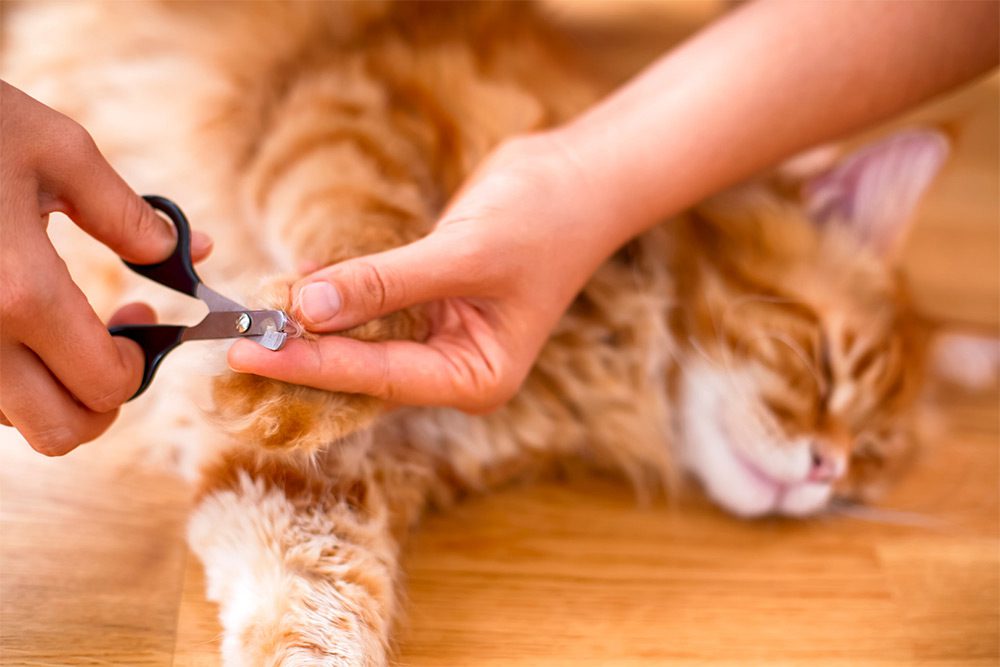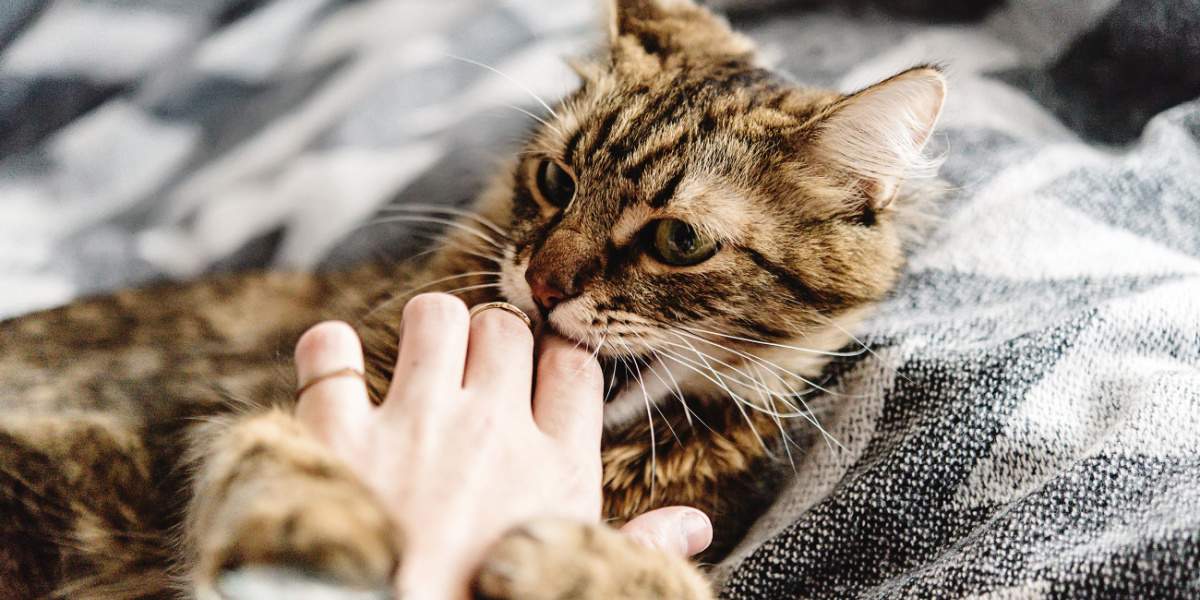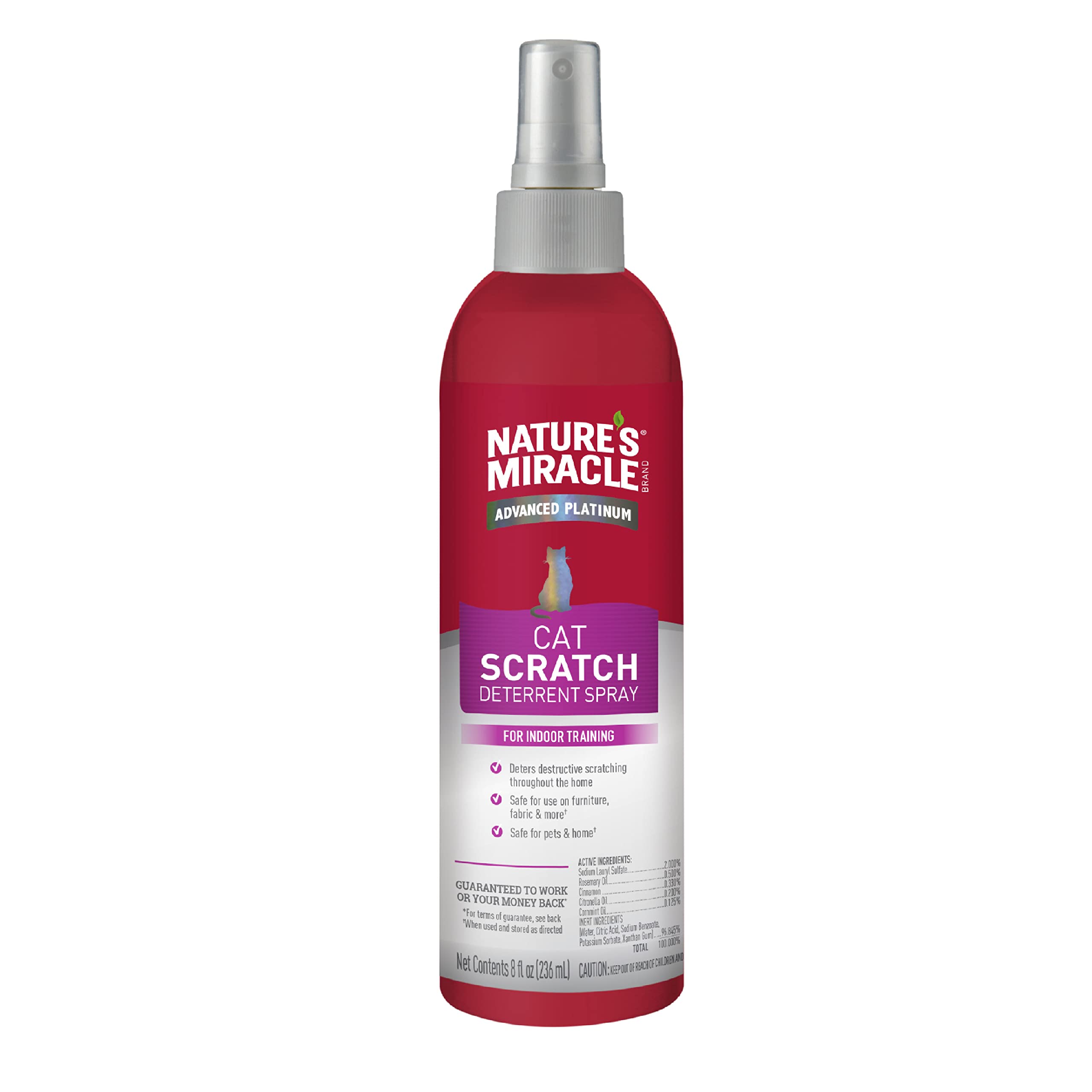Discover why declawing is harmful to cats. It causes pain, infection, and behavioral changes. Cats need their claws for balance, defense, and marking territory. Don't let your cat suffer.
Key Takeaways:
- Declawing is a painful and invasive procedure that involves amputating the last bone of each toe in a cat's paws.
- Declawing can lead to long-term physical and behavioral problems in cats, such as chronic pain, arthritis, and aggression.
- There are alternative methods to prevent scratching, such as providing appropriate scratching posts, regular nail trimming, and using soft nail caps.
- Declawing is illegal or considered unethical in many countries and states due to its harmful effects on cats.
- Choosing not to declaw your cat promotes their overall well-being and allows them to engage in natural behaviors like stretching and climbing.
Why is declawing harmful to cats?
Declawing is a surgical procedure that involves removing the claws of a cat. While it may seem like a quick fix for preventing scratching, it is actually very harmful to cats. Cats' claws are an important part of their anatomy and serve many purposes. They use their claws for climbing, balancing, and defending themselves.
Declawing can cause both physical and psychological harm to cats. The procedure involves amputating the last bone of each toe, which can lead to pain, infection, and long-term complications. Cats may also experience problems with walking or using the litter box after being declawed.
The Risks of Declawing:
- Pain and discomfort
- Infection
- Lameness or difficulty walking
- Behavioral changes
- Increased aggression or fearfulness
The Importance of Claws:
Cats' claws have several important functions:
- They help with balance and stability when climbing trees or other surfaces.
- Cats use their claws for self-defense against predators or when they feel threatened.
- Scratching helps remove dead outer layers of their claws and keeps them healthy.
- Cats mark their territory by leaving visual marks and scents on objects when they scratch.
It's important to understand that declawing is not a simple nail trim; it is a major surgery that can have serious consequences for cats' well-being.
What natural behaviors can declawing prevent cats from doing?
Declawing is a surgical procedure that involves the amputation of a cat's claws and the removal of the last bone in each toe. This procedure prevents cats from engaging in several natural behaviors, including scratching, stretching, and climbing. Scratching is an essential behavior for cats as it helps them maintain their claws, mark territory, and stretch their muscles. Without their claws, cats are unable to scratch surfaces like trees or scratching posts.
In addition to scratching, declawing also hinders a cat's ability to climb. Cats use their claws to grip onto surfaces and climb trees or furniture. Without their claws, they may struggle to navigate vertical spaces or escape from potential dangers. Declawed cats may become more fearful or anxious as they feel vulnerable without their primary defense mechanism.
How does declawing affect a cat's ability to defend itself?
Declawing significantly impairs a cat's ability to defend itself. Claws play a vital role in feline self-defense by allowing them to ward off potential threats or predators. When faced with danger, cats instinctively use their claws as weapons by swiping or scratching. Without this natural defense mechanism, declawed cats are left defenseless and may resort to biting as an alternative means of protection.
In situations where a cat needs to escape from danger quickly, such as encountering another aggressive animal or being trapped in a confined space, declawed cats may struggle due to the loss of their climbing abilities. Their inability to effectively defend themselves can lead to increased stress and anxiety in potentially threatening situations.
Can declawing cause long-term physical problems for cats?
Declawing can have severe long-term physical consequences for cats. The amputation of the last bone in each toe can result in chronic pain, nerve damage, and altered gait. Cats may experience discomfort or pain when walking or jumping, leading to changes in their overall mobility and activity levels.
Declawing can also lead to behavioral issues such as litter box avoidance. The procedure can cause cats to associate the litter box with pain, leading them to avoid using it altogether. This can result in inappropriate elimination outside the litter box and create additional stress for both the cat and their owner.
Physical problems associated with declawing:
- Chronic pain
- Nerve damage
- Altered gait
- Litter box avoidance
What are alternatives to declawing that protect furniture and belongings?
There are several alternatives to declawing that can effectively protect furniture and belongings while still allowing cats to engage in their natural behaviors. One option is providing appropriate scratching surfaces such as scratching posts or boards made of sisal rope or cardboard. These surfaces allow cats to satisfy their scratching needs without causing damage to furniture.
Another alternative is using deterrents such as double-sided tape or aluminum foil on furniture surfaces that cats tend to scratch. Cats dislike the sticky texture of tape or the sound and feel of foil, which can discourage them from scratching those areas. Additionally, regular nail trimming can help keep a cat's claws blunt and less likely to cause significant damage.
How can scratching posts and toys benefit cats and their owners?
Scratching posts and toys provide numerous benefits for both cats and their owners. Scratching posts serve as an outlet for a cat's natural instinct to scratch, helping them maintain healthy claws while also stretching their muscles. By providing appropriate scratching surfaces, owners can redirect their cat's scratching behavior away from furniture and other valuable items.
Toys also play a crucial role in a cat's physical and mental stimulation. Interactive toys, such as feather wands or puzzle toys, engage a cat's hunting instincts and provide exercise. These toys can help prevent boredom, reduce stress, and promote overall well-being for cats. Additionally, playing with cats using toys strengthens the bond between the owner and their feline companion.
Are there other methods to discourage destructive scratching in cats?
There are various methods to discourage destructive scratching in cats without resorting to declawing. One approach is using positive reinforcement training techniques. By rewarding cats with treats or praise when they use appropriate scratching surfaces, owners can encourage desired behavior while discouraging destructive scratching.
Another method is providing environmental enrichment for cats. This includes creating vertical spaces with shelves or cat trees where cats can climb and explore. By offering engaging environments that fulfill a cat's natural instincts, they are less likely to engage in destructive behaviors like excessive scratching.
What emotional effects can declawing have on cats?
Declawing can have significant emotional effects on cats due to the pain and loss of natural behaviors it causes. Cats may experience increased anxiety, fearfulness, or aggression as a result of the procedure. The inability to defend themselves properly or engage in instinctual behaviors like scratching and climbing can lead to frustration and stress.
Cats may also develop trust issues with humans after being declawed since they associate humans with the pain they experienced during the procedure and recovery period. This can result in behavioral changes such as hiding or avoiding human interaction.
How can pet owners ensure their cat's well-being without declawing?
Pet owners can ensure their cat's well-being without resorting to declawing by implementing various strategies. Providing appropriate scratching surfaces, regular nail trimming, and using deterrents on furniture can help protect belongings while allowing cats to engage in natural behaviors.
Additionally, enriching the cat's environment with toys, vertical spaces, and interactive playtime can prevent boredom and destructive behavior. Regular veterinary check-ups are essential to monitor a cat's health and address any potential issues promptly. Lastly, positive reinforcement training techniques can be used to encourage desired behaviors and discourage unwanted ones.
| Top Reasons Not to Declaw Your Cat | |
| Reason | Explanation |
| 1. Cruelty and Pain | Declawing is a painful procedure that involves amputating the cat's toes. |
| 2. Behavioral Issues | Declawed cats may develop behavioral problems like biting or avoiding the litter box. |
| 3. Defenseless and Vulnerable | Cats rely on their claws for self-defense, without them they become defenseless. |
Why do vets no longer declaw cats?
The AVMA advises against declawing as an optional procedure and advocates for non-surgical alternatives. Declawing is a significant surgical procedure that involves amputation and is typically not medically required for cats.
What is 1 alternative to declawing cats?
To ensure your cat's nails are properly maintained, it's recommended to purchase high-quality cat nail trimmers and learn how to trim their nails yourself. If you're not comfortable doing it on your own, you can seek assistance from a veterinarian or a professional cat groomer.
Do most vets refuse to declaw cats?
Numerous veterinarians in the United States decline to carry out declaw surgery as it is considered an unethical and mutilating procedure that involves amputating a cat's toes. Declawing offers no advantages to the cat and can result in long-term health and behavioral issues.
Is declawing a cat ever necessary?
There is no medical reason or necessity to declaw cats. It is a purely optional procedure that is done solely for cosmetic purposes or because some owners prefer their cats not to have claws for various reasons.
What can I do instead of declawing?
Nail caps or claw covers, like Soft Paws, are a convenient and effective solution to safeguard your surfaces while addressing your cat's scratching habits. These caps can be easily applied by you, a veterinarian, or a cat groomer by applying adhesive and sliding them onto the claws.
What age is too late to declaw a cat?
Cats that are declawed at a younger age, specifically before 6 months, have a quicker healing process, experience less pain, and have a lower chance of complications. As cats get older, the procedure becomes more painful, the recovery time is longer, and the risk of complications increases. Declawing at one year old is not ideal, and it is even less ideal at two years old.

















